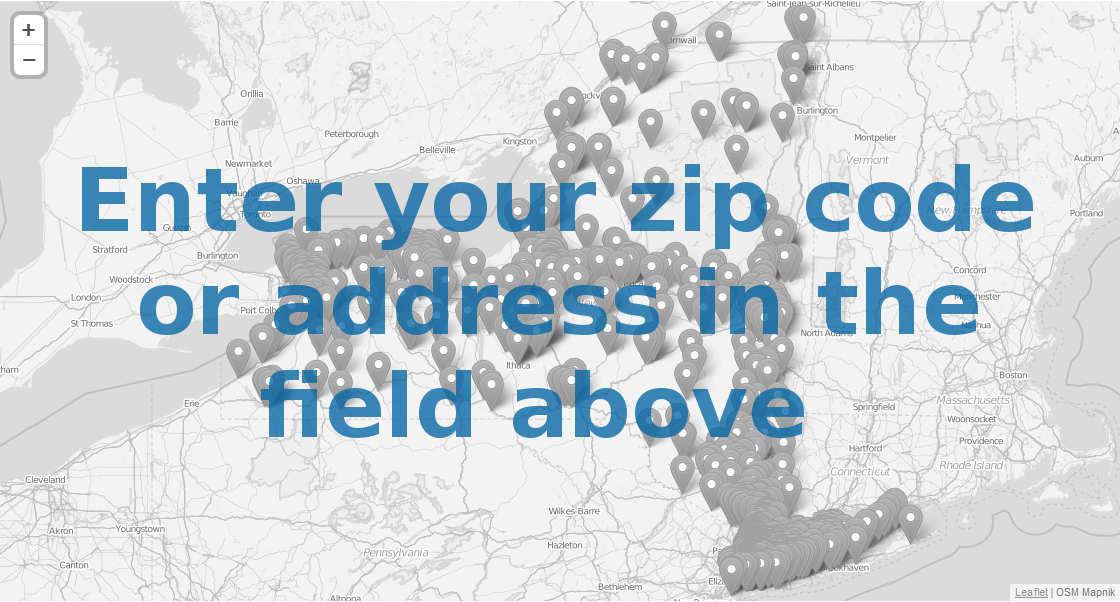

Major traffic offenses, such as hit and run or drunk driving may or may not be handled within the point system. Points can be removed from a driver's score by the simple passage of time, by a period of time with no violations or accidents, or by the driver's completion of additional drivers' training or traffic safety training.
#DRIVER ASSESSMENT FEE NEW YORK DRIVER#
In some jurisdictions, points can also be added if the driver is found to be significantly at fault in a traffic accident. In particular, it is common to set a lower threshold for young, inexperienced motorists. The threshold(s) to determine additional penalties may vary based on the driver's experience level, prior driving record, age, educational level attained, and other factors.

When the driver's total exceeds the prescribed threshold, the driver may face additional penalties, be required to attend safety classes or driver training, be subject to re-examination, or lose his/her driving privileges. Traffic offenses, such as speeding or disobeying traffic signals, are each assigned a certain number of points, and when a driver is determined to be guilty of a particular offence, the corresponding number of points are added to the driver's total. In jurisdictions which use a point system, the police or licensing authorities maintain a record of the demerit points accumulated by each driver.
#DRIVER ASSESSMENT FEE NEW YORK LICENSE#
Many countries have adopted a penalty point or demerit point system under which a person’s driving license is cancelled or suspended based on the number of points accumulated by them over a period of time because of the traffic offenses or infringements committed by them in that period. ( Learn how and when to remove this template message) ( November 2014) ( Learn how and when to remove this template message) You may improve this article, discuss the issue on the talk page, or create a new article, as appropriate. The examples and perspective in this article deal primarily with Western culture and do not represent a worldwide view of the subject.


 0 kommentar(er)
0 kommentar(er)
